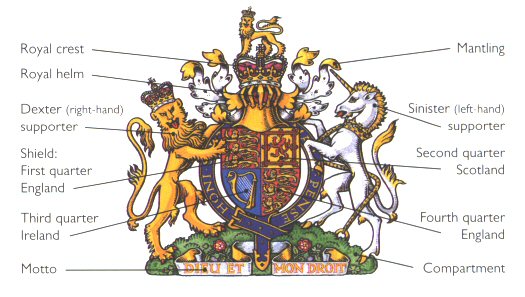
Click the above logo to return to the main site

There above the chancel doorway is a carved tympanum, wonderfully incised with vivid figures. The tympanum is traditionally described as 12th century work, but is it, or is it a remnant of centuries earlier Saxon work? The carving shows two winged beasts like dragons facing each other and flanking a figure of Christ. Around the central semi-circle is a band of what look like acanthus leaves. In the centre of the arch is a boss, protruding from the surface of the stone like a halo above Christ's head.
The very readable church guide reprises five opinions given by scholars about the typmanum. One scholar categorically states that it belongs to the first half of the 12th century, based on the fact that the flanking beasts are dragons, which did not really become popular in church carving until that time. The second opinion is completely in disagreement and finds the tympanum to be almost certainly Saxon, calling the dragons Norse in style, and suggesting that dragon depictions, especially facing each other towards the centre of the tympanum, had almost completely died out befoe 1100. Another scholar suggests that the 'dragons' are winged beasts bearing Jesus up to heaven, while another points to a similar carving at Reading Abbey, dating to 1120-1140. Who to believe if the scholars can't make up their minds?
A hurried glance on an overcast day might take him for Daniel in the lions’ den. But wings grow from the shoulders of the beasts, which grip with beaked jaws the upper arms of the man between them. They are clearly griffins. He nevertheless stands resolutely with his hands round their necks.
Perhaps he is Alexander the Great. If that sounds far-fetched, consider a curious carving on the outside north wall of St Mark’s in Venice. It depicts a man standing in a sort of chariot, pulled through the air by two griffins, led on by bait on two sticks held aloft by Alexander (for it is he). The carving was not made for St Mark’s but fixed to its wall in the Middle Ages, along with other marvellous plunder from Constantinople.
The tale it illustrates is the celestial journey of Alexander. It was as familiar to everyone in the high Middle Ages as the story of Icarus. Chaucer mentions it more than once. It was part of common culture, like the dream of Scipio, described by Cicero, a journey into what we call space, looking down on the Earth. As a wonderful traveller, Alexander also finds his way into the Koran, in Sura 18, under the name Dhul-Qarnayn, the Two-Horned One. What Alexander is doing in the Koran is not clear. But then, why is he on the wall of a church? As far as St Mark’s goes, its external decoration incorporates any fine sculpture available. It was only in 1865 that modern scholars realised Alexander was the subject of the bas relief there. But he features in Romanesque sculpture all over Europe: on a capital at Chalon-sur-Saône in Burgundy, a wall in a Georgian church now in Turkey, or on the cathedral at Vladimir in Russia. Otranto cathedral has a large mosaic of the celestial journey. The feature to look out for is the two sticks with their meaty bait held aloft by Alexander.
But at Charney Bassett, no such sticks are being held up. So does it depict Alexander the Great on his voyage through the air after all?
The surprising thing is that a decorative motif known to scholars as the Master of Beasts occurs even more widely and earlier than Alexander’s image. In Luristan, in Persia, bronzes 3,000 years old showed a man standing between two rampant lions or more fantastical creatures. In the Christian era such a depiction may easily be mistaken for Daniel in the lions’ den, an established image of faith. It seems that the carving at Charney Bassett is one more version of the Master of Beasts theme.

One legend involving griffins is the Ascension of Alexander the great. According to this story, Alexander captured a pair of griffins and, having starved them for three days, hitched them to his throne and, teasing them with chunks of roast beef held above their heads on lances, flew heavenward for seven days. Alexander would've stolen a peek at God Himself if an angel had not asked him why he wanted to see the things of heaven when he did not yet understand the things of earth. Chastised for his presumptuousness, Alexander flew back to earth. Representations of Alexander's ascension were placed in French and Italian cathedrals during the 12th century.


Users browsing this forum: No registered users and 2 guests